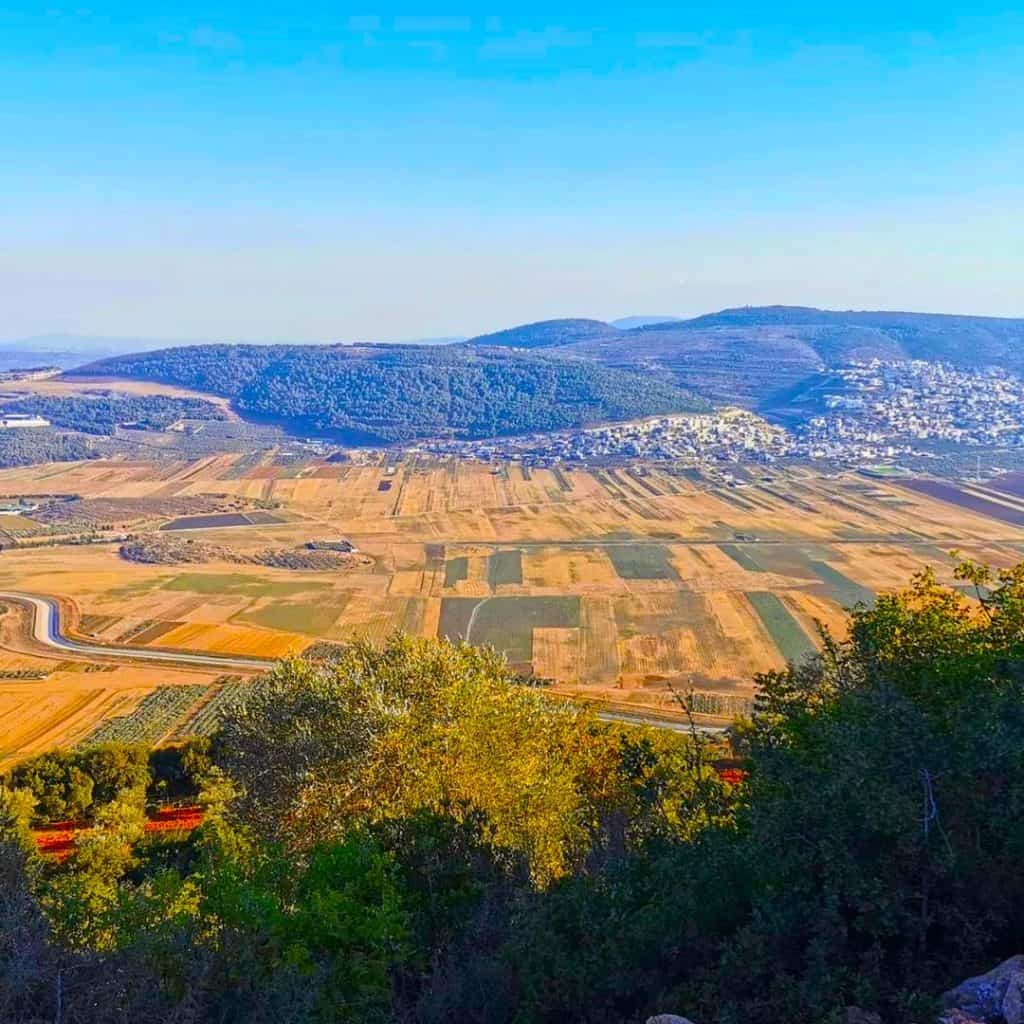What Is a Graben in Geology? So, simply said a graben is an exact opposite of a Horst. In other words, a graben in Geology is a depressed block of the crust of planet earth bordered by parallel faults. To put it another way, a graben is a valley with a distinct escarpment on each side caused by the displacement of a block of land downward. Graben often occurs side-by-side with horsts. Horst and graben structures indicate tensional forces and crustal stretching. Graben are produced from parallel normal faults, where the displacement of the hanging wall is downward; while that of the footwall is upward. In fact, single or multiple graben can produce a rift valley.

Where Can We Find Graben In Israel?
One of the best examples to see an impressive graben is when I am on a private tour of the Sea of Galilee. There, next to highway 65, on our way, see the Ancient Galilee Boat suddenly, you can see the amazing Beit Netofa Valley. And if you are lucky and come in a good winter; So you will see the Beit Netofa Valley filled with water forming an impressive shallow lake.

The Valley is 16 km long and, on average, 3 km wide. A graben formed by two parallel east-west trending faults, running to its north and south. In fact, it lies between two horsts forming the Yodfat range to the north; and the Tur’an range to the south, basically, separating the heart of Galilee from the Nazareth area. Limestone hills to the east indicate karstic processes also shaped the valley.

If you Come In The Winter, You Might See A Beautiful Lake
In the winter the valley is full of water. As a result, a beautiful lake is filling the bottom of the valley. Actually, the reason for that is the soil. The valley soil is fatty clay relatively impermeable to water. Leading to seasonal floods in the winter. Already in the 14th century the medieval geographer, Al-Dimashqi mentions it.

